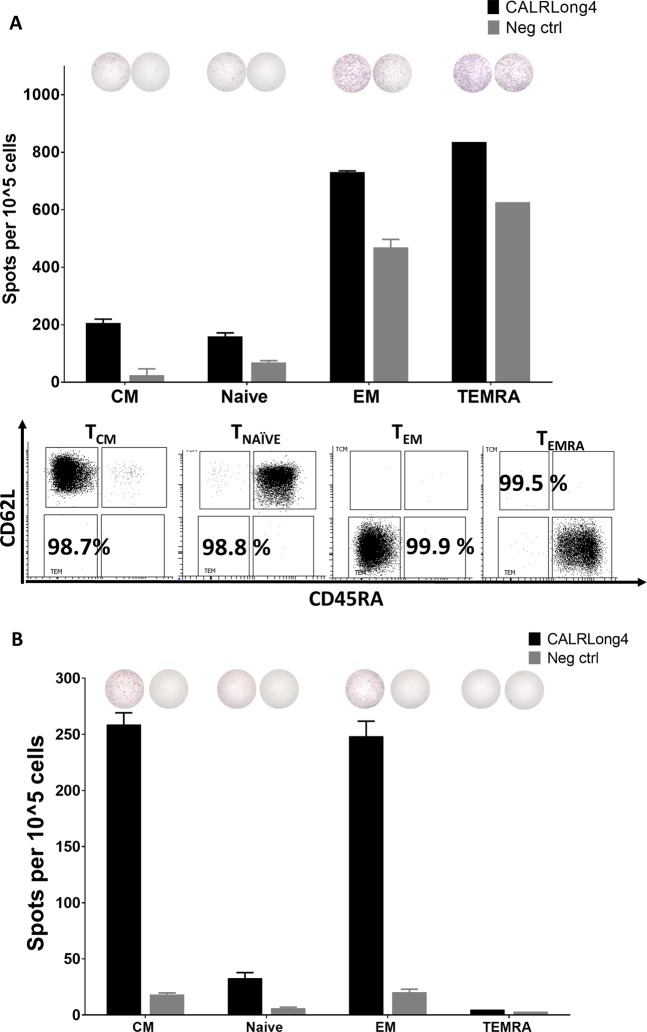Fig. 7. CALR-mutant-specific responses in both TEM and TCM.
a PBMCs from a healthy individual were enriched for T effector memory cells (TEM: CD3+, CD62L- CD45RA−), T central memory cells (TCM: CD3+, CD62L+, CD45RA-), TEMRA (CD3+, CD62L−, CD45RA+), and Tnaive (CD3+, CD62L+, CD45RA+). Cells were analyzed in an ex vivo IFN-γ ELISPOT for responses against CALRLong4. (Top) Representative wells for each cell fraction show responses to both CALRLong4 and a scrambled negative control peptide; (middle) graph shows the numbers of spot-forming cells in each cell fraction. (Bottom) Analysis of purity of the different T-cell fractions in CD3+ gated cells. Due to cell scarcity, TEM and TEMRA responses were measured in duplicate and in a single experiment, respectively. TCM and Tnäive responses were measured in triplicate. b PBMCs from healthy individuals were sorted and analyzed as described above. (Top) Representative wells for each cell fraction show responses to both CALRLong4 and a scrambled negative control peptide. (Bottom) Graph shows the number of spot-forming cells in each cell fraction. Due to cell scarcity, we did not perform purity analyses. TEMRA responses were analyzed in a single experiment, but all other cell fractions were analyzed in triplicate. Error bars display standard error of the mean

